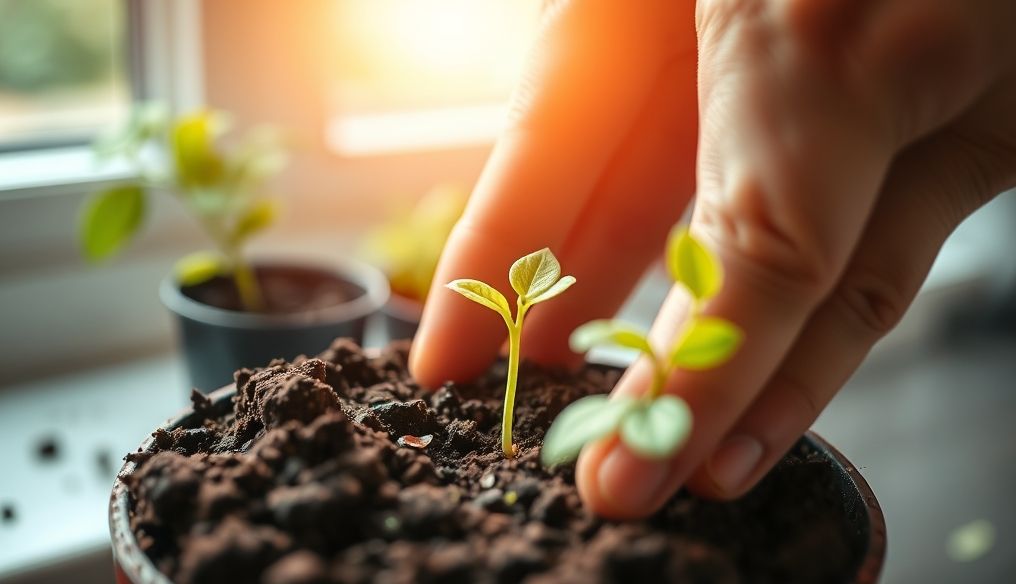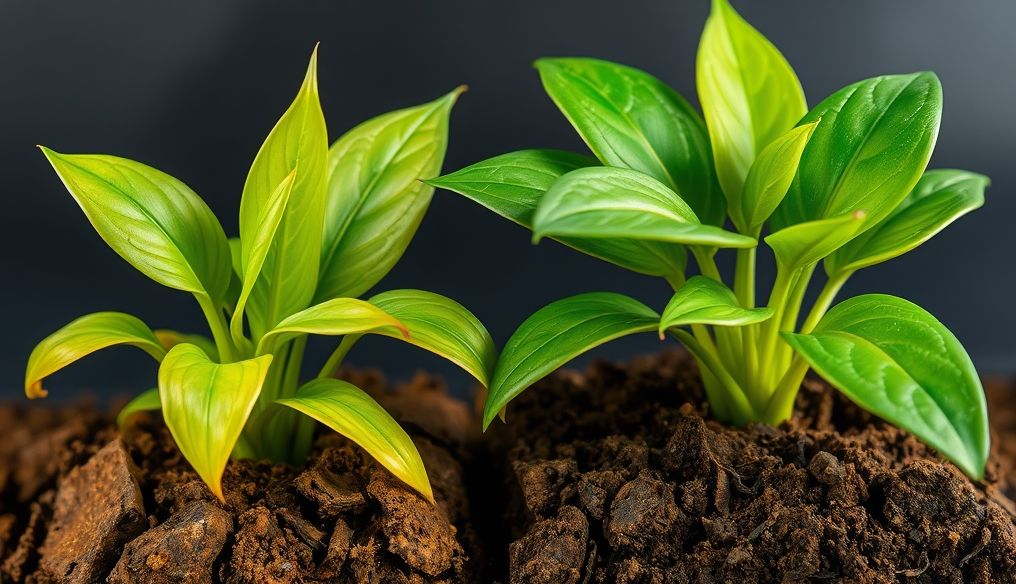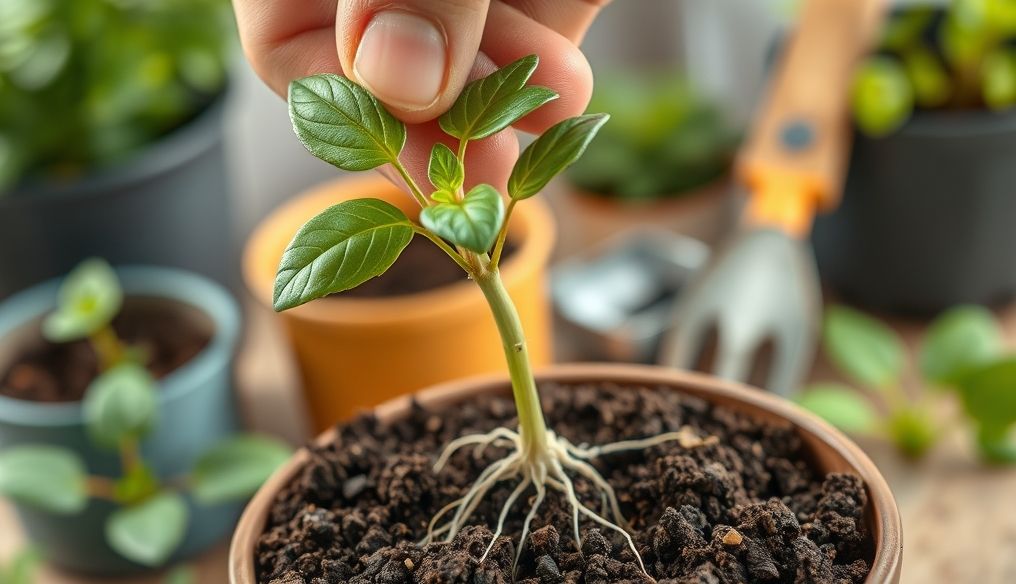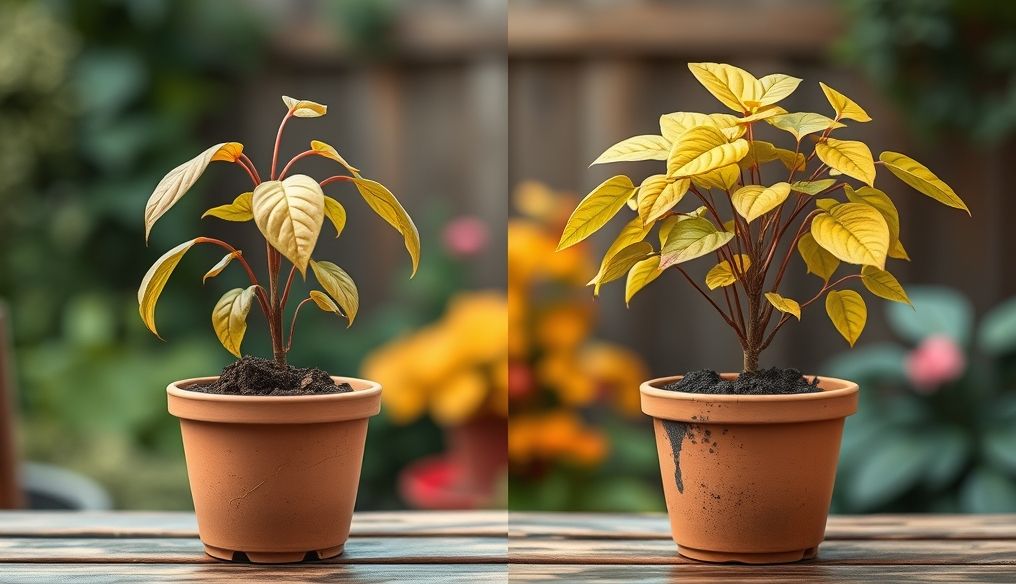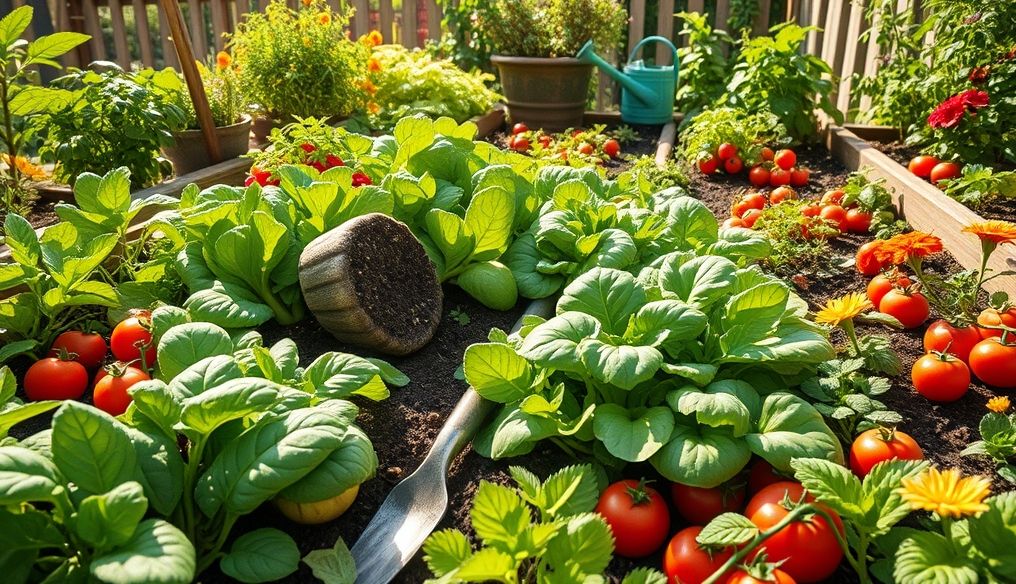Can You Grow a Lemon Tree from Seed, and What are the Challenges and Benefits?
Growing a lemon tree from seed is an exciting and rewarding project, but it requires patience and commitment. Unlike growing trees from cuttings or seedlings, growing lemons from seed may take longer to produce fruit, and the result may not be exactly the same as the parent tree. However, the joy of seeing a tiny seed grow into a fruitful tree is a unique experience.
1. Benefits of Growing a Lemon Tree from Seed
Despite the challenges, there are several benefits that make growing lemons from seed worthwhile:
- Lower cost: Seeds are readily available and inexpensive compared to seedlings.
- Educational experience: Learn about the life cycle and development of a plant from the beginning.
- Stronger tree: Trees grown from seed are often more resistant to diseases and more adaptable to local conditions.
- Sense of accomplishment: The feeling of pride and satisfaction when you see your tree grow and bear fruit.
2. Challenges of Growing Lemons from Seed
Before you start, it is important to be aware of the potential challenges:
- Longer time to fruit production: Trees grown from seed may take 3-6 years or more to produce fruit, while seedlings may fruit within two years.
- Fruit may not match the parent tree: The quality and taste of the fruit produced may differ from those of the lemon from which the seeds were taken.
- Low germination rate: Not all seeds will germinate, and you may need to plant a large number of seeds to ensure you get at least one seedling.
- Need for grafting: In some cases, the tree grown from seed may need to be grafted to improve its productivity and fruit quality.
3. Essential Steps to Growing a Lemon Tree from Seed
If you are up for the challenge, here are the essential steps to growing a lemon tree from seed:
- Seed selection: Choose a ripe and healthy lemon of good quality. Carefully extract the seeds and discard any damaged or small seeds.
- Seed preparation: Wash the seeds thoroughly to remove any pulp residue. You can soak the seeds in water for 24 hours to improve germination chances.
- Planting: Fill a small pot with well-draining potting soil. Plant the seeds about 1 cm deep.
- Watering: Keep the soil consistently moist, but avoid overwatering.
- Germination: Place the pot in a warm, bright location. Germination may take two weeks to a month.
- Seedling care: Once the seedlings have germinated, provide them with adequate light. Fertilize the seedlings regularly with a balanced fertilizer.
- Transplanting: When the seedlings are large enough, transplant them into larger pots.
- Planting in the ground: If you live in an area with a suitable climate, you can plant the tree in the ground once it is strong enough.
4. Suitable Soil for Lemon Trees
Suitable soil is crucial for the growth of a lemon tree grown from seed. The soil should be well-draining, rich in organic matter, and slightly acidic (pH between 6.0 and 7.0). You can improve the soil by adding decomposed compost or wood chips.
5. Watering and Fertilizing
Lemon trees need regular watering, especially during dry periods. Make sure the soil is always moist, but avoid overwatering, as this can lead to root rot. Fertilize the tree regularly with a balanced fertilizer containing nitrogen, phosphorus, and potassium.
6. Light and Temperature
Lemon trees need plenty of direct sunlight, about 6-8 hours a day. If you are growing the tree indoors, place it near a sunny window or use a grow light. The ideal temperature for growing lemon trees is between 18 and 29 degrees Celsius (65-85 degrees Fahrenheit).
7. Pruning
Regular pruning helps to shape the tree and improve its productivity. Remove any dead, diseased, or crossing branches. You can also prune the tree to encourage lateral growth and increase the number of fruiting branches.
8. Pests and Diseases
Lemon trees are susceptible to some pests and diseases, such as aphids, whiteflies, and fungal mold. Inspect the tree regularly for any signs of pests or diseases. You can use organic insecticides or fungicides to control these problems.
9. Grafting (Optional)
If you want to improve the productivity and fruit quality of your tree, you can graft it with a desired variety. Grafting is the process of attaching a part of a desired tree (the scion) to another tree (the rootstock). Grafting can help produce better quality fruit faster.
10. Patience and Perseverance
Growing a lemon tree from seed requires patience and perseverance. Don't be discouraged if you don't see immediate results. Keep caring for your tree and you will eventually be rewarded with delicious fruit.
Additional Tip: You can increase your chances of success by planting several seeds at once. If some seeds succeed in germinating, you can choose the best seedlings to keep.
Conclusion: Although growing a lemon tree from seed can be challenging, it is a rewarding experience that can provide you with years of enjoyment and delicious fruit. By following the steps above, you can increase your chances of success and enjoy a healthy and productive lemon tree.
